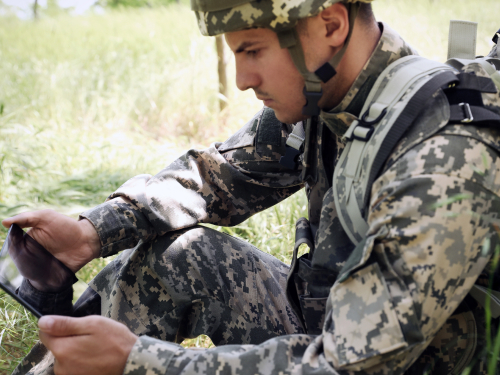For many video conferencing users, failure simply isn’t an option, especially when it comes to the health, judicial and other critical industries. For these, a back-up solution is essential to ensure that there’s no downtime, no matter what.
Imagine you’re a surgeon, mid-operation and live on video with a consultant sitting on the other side of the country. Suddenly, your video conference fails. For this user, this type of failure can be the difference between life and death.
While this is an extreme scenario, the ability to recover in the event of a crisis or system failure is critical across several industries. It raises questions like: what is the back-up plan if the network goes out in the middle of a virtual court case? How does your company continue to serve customers if it is the victim of a cyber-attack? How can you maintain communication with colleagues during a crisis?
These are the questions that organizations of all types must ask themselves as they prepare their own disaster recovery plans. And ensuring the ability to communicate, under any circumstance, must be at the center of that plan. Peter McCarthy, VP of Public Sector sales at Pexip talks about the role of video technology and how it can serve as that much-needed back-up in the event of a disaster.
How can organizations ensure that the ability to communicate no matter what hits them?
We see that the ability to communicate is key to business continuity and disaster recovery. We have many customers who want to ensure that when they are live on video, there’s no such thing as downtime, and so this is something that we’ve embedded in our platform as standard practice.
But if the network is down or there’s a system-wide failure, how can you still use video conferencing or other collaboration tools?
This is a question we get a lot. And it comes down to the deployment of the tool you are using. Organizations must ensure that communication and collaboration technology can be deployed in a way that makes it less vulnerable to crises. This can be achieved by hosting the solution on premises and ensuring that it can function even in the event of a network outage, a DDoS/DoS attack, a natural disaster or cyber-attack.
How does my disaster recovery video solution work with my everyday solution?
A disaster recovery video solution like Pexip’s can run in idle mode and then be automatically scaled up on demand, should an incident happen that causes your everyday video solution to fail. You can even pre-register certain meeting endpoints, such as a certain conference room or other critical area, so that it becomes available during crisis as a key part of your disaster recovery plan.
What should I expect of a video solution for my disaster recovery plan?
Make sure that it works in any environment, under any circumstances, even without internet and in air-gapped environments. Verify that the solution can scale up immediately during a crisis to add users, so that an organization can continue their critical work and communicate with each other at times when it’s more needed than ever.
Learn more about Pexip´s disaster recovery solutions





